A short walk or long hike outdoors exploring nature is a great way to reset. But, as with all active endeavors, the right gear matters. Whether you’re a novice who’s just beginning your journey or a skilled hiker, it’s important to know what to wear for hiking in the summer or anytime of year. But especially in the summer, it’s important to dress for function and comfort to beat the heat.
I’m breaking down the best hiking clothes and sharing tips so you can navigate your next hot weather adventure. I’ll cover the best leggings to blister-preventing socks so that you can feel comfortable and confident the whole time you’re on the trail.
Base Layers
You want your first layer of clothing to be moisture wicking, fast-drying and breathable.
Sports Bras
For sports bras, I love Patagonia’s Barely Bra. It’s made with quick-drying nylon, has odor control, and is lightweight. You can wear this for both short and long hikes and is ideal for women in the B-C cup range.
Also, I give it bonus points for being sustainably made.
For women who have larger chests and need more support, the Glamorise Women’s Wirefree Bra is a great choice. With thousands of 5-star reviews on Amazon, this sports bra will keep you feeling supported and comfortable during your hike. And its polyester blend is perfect for hot weather.
Did I mention there’s no underwire?
Other great choices:
Underwear
Steer away from cotton underwear. Look for synthetic materials like polyester or merino wool. I would recommend splurging on high-quality base layers like comfortable underwear. Look for moisture-wicking options that are seamless with no tags. Choose sizes that fit snugly but not too tight.
There’s a reason why The Siren Bikini Underwear receives 5-star reviews. The merino wool-nylon blend is worth the splurge. They come in different styles, including hipster briefs and comfortable thongs.
Here are a few other highly-rated, affordable options:
T-Shirts and Tank Tops
In a hiking shirt, look for something lightweight and moisture-wicking. Whether you choose a t-shirt or tank top is a personal choice. Both make great mid-layers.
Need to amp up your hiking gear? Here are a few of my favorite shirts.
Mid-Layers
Tops
A mid-layer goes over the base and underneath the outermost layer, which might be a windbreaker or rain jacket. Think of this as an outer layer that’s ultralight but provides insulation. Fabric-wise, synthetic materials like polyester are a more affordable choice vs. merino wool.
These mid-layers are great options for a summer hike. Bonus points: They also provide sun protection.
Bottoms
Whether you wear hiking shorts, hiking pants or leggings is a personal preference. My recommendation is to wear what you are most comfortable in. There’s always the option to include packable options like shorts if you decide to change.
Leggings
It’s tempting, but don’t reach for your cotton leggings. You’re going to want to stick with moisture-wicking, synthetic fabrics like polyester or nylon. Some hiking leggings are made from water-resistant fabrics, which are great options for longer hikes.
The Eddie Bauer Women’s Trail Tight Leggings are a fan favorite; just check their Amazon ratings. These leggings are high-waisted, made with comfortable fabrics, have odor control, and provide UPF 50 protection. Another reason why I love these leggings: They come in different colors and are size inclusive.
Another great option is the Prana Legging. Reviews boast that these leggings do not roll down and are extremely comfortable thanks to their ultralight fabric.
If you need a water-resistant option, a popular choice is the Kuhl Transcendr Leggings.
Hiking Pants
If you prefer long pants over hiking leggings, here are a few options that will keep you cool and comfortable on the trail.
Best lightweight option:
Best priced option:
Best rain pants (budget-friendly!)
Shorts
This is a controversial choice for hiking. Some people argue that long pants are the best protection against the dangers along the trail, from ticks to rocks to spiky vegetation.
But for me, shorts are the answer. My preference for hot, humid weather is a biker short. The spandex fabric offers support and eliminates uncomfortable chafing. If you are hiking in summer or places where it’s hot most of the year, any of the below options are great choices.
Jackets
If you expect rainy weather, I recommend investing in a rain jacket to go over your mid layer.
Here are a few great options that range in price:
With almost a 5-star review, the Patagonia Women’s Torrentshell is a top choice. Its lightweight, breathable fabric makes it a great choice for a summer hike. And it comes many colors in sizes from XXS to XXL.
I love the LL Bean Anorak jacket. It comes in a fun multi-color pattern and will keep you dry during your next backpacking trip.
Hiking Boots
When it comes to footwear, don’t be afraid to invest in a durable, comfortable shoe. Let’s talk about the style of hiking boots. The higher style provides much-needed ankle support to protect you on all types of terrain.
Best budget options:
Best splurge:
Best support:
Additional Hiking Essentials
With any outdoor hike, it’s important to make sure you are equipped with the appropriate gear. Let’s say you’re hiking somewhere with little to no shade. That puts you at risk for possible sunburn. Things like hiking hats are great options for optimal sun protection.
Also, if you plan on hiking all day, pack an extra pair of socks, fresh base layers, water and snacks. A lightweight backpack cooler is another great option to consider.
Daypacks
Look for daypacks that are lightweight and have enough storage space to carry any essential gear.
Sun Hats & Sunscreen
For sun protection a hat is a must for summer hiking. Luckily, there are several affordable, cute options on Amazon. Don’t forget to pack sunscreen too!
Hiking Socks
You’re going to be on your feet all day, so pamper them by investing in a quality pair of hiking socks. Look for durable socks that are made from fabrics like merino wool. Hiking socks are meant to feel comfortable, lightweight and perfectly cushioned.
Here are a few of my favorite hiking socks.
Three Quick Hiking Tips To Keep In Mind
1. Location Matters
A day hike in Colorado is different from a day hike in New Jersey, thanks to climate and elevation. In the mountains of Colorado, a summer hike could mean warm, dry weather as you start, but chilly rain, sleet or even snow as you climb higher in elevation.
Understanding the basic information about the area where you’ll be hiking can help you answer questions such as, “Do I need hiking pants or leggings? Hiking Boots or hiking shoes?”
2. Layer Up
When I was little, I would take family trips to Vermont and without fail my parents always reminded us to “layer up” before any outdoor adventure. As my mom would say, “You can always take a layer off.”
If you take away only one tip from this post, it should be: Dress in layers when you hike, even in the summer. Layers protect you from the sun’s harmful UV rays and keep you prepared for any temperature or weather changes.
Look for moisture-wicking t-shirts or tank tops as your base layer. Wear that with a mid-layer like a long sleeve shirt and finish with a packable down jacket. Expect to add, or shed extra layers throughout your hike.
3. Fabric Choice Matters
Picking your hiking outfit requires a bit more attention to things like fabric choice. You want to steer away from cotton and look for moisture-wicking fabrics like merino wool. Because of the fine fibers, merino wool draws moisture from the skin, which means it’s quick drying and, therefore, a great summer hiking fabric.
Also, if you anticipate cold weather on your hike, merino wool will keep you warm and dry without unnecessary bulk. For summer hiking stick to spandex, nylon, polyester or merino wool.









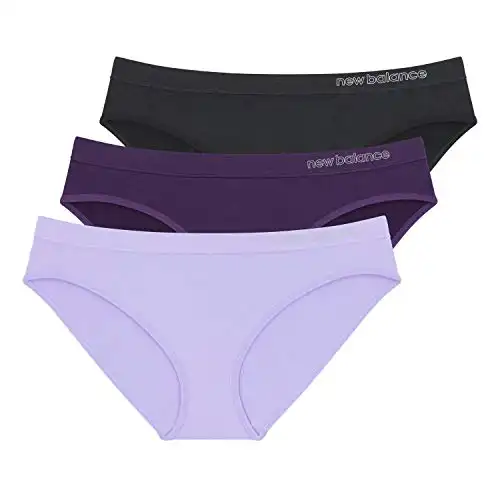


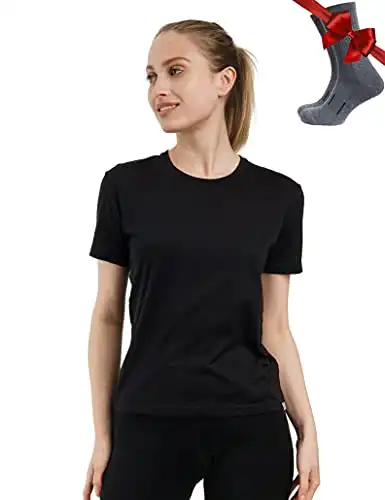











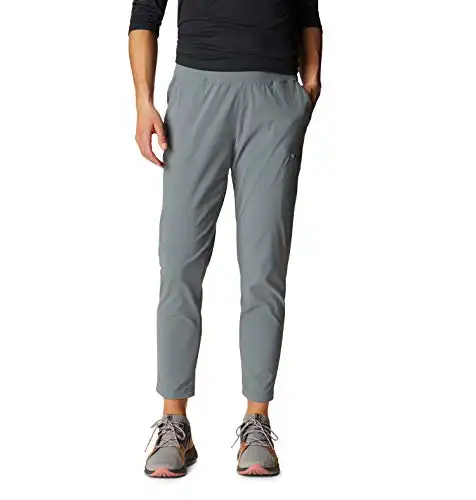
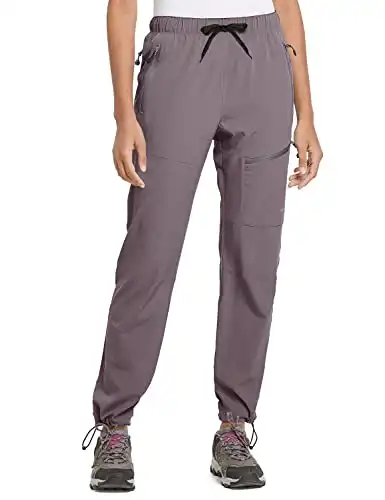
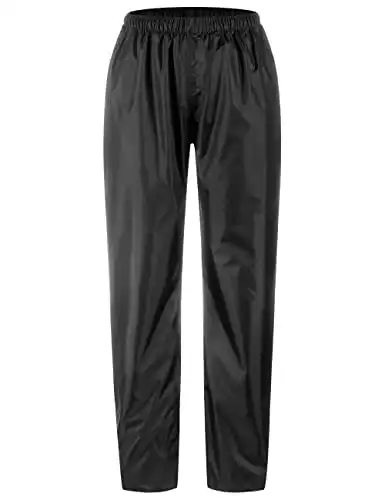



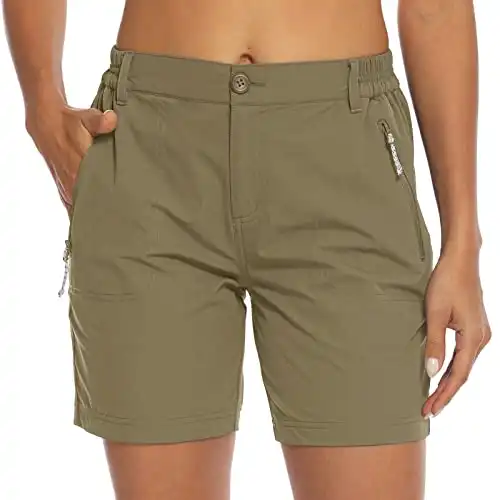


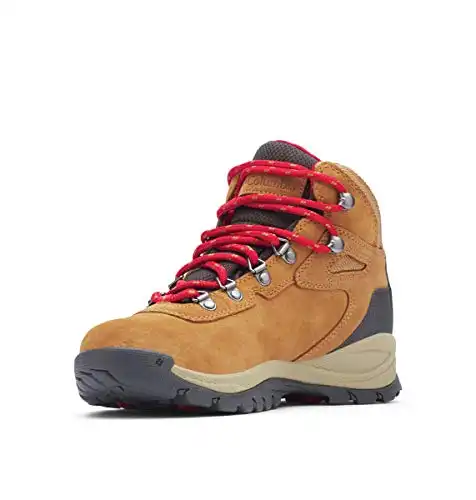




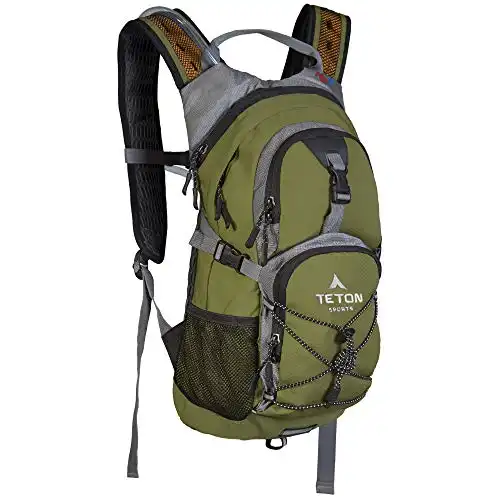
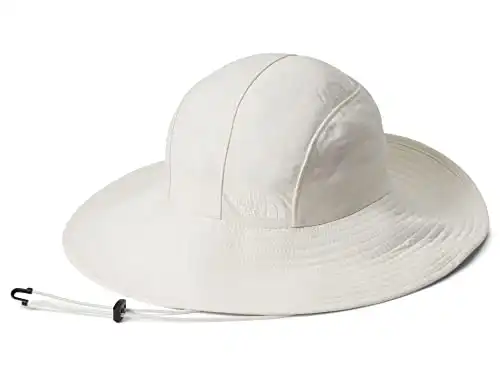
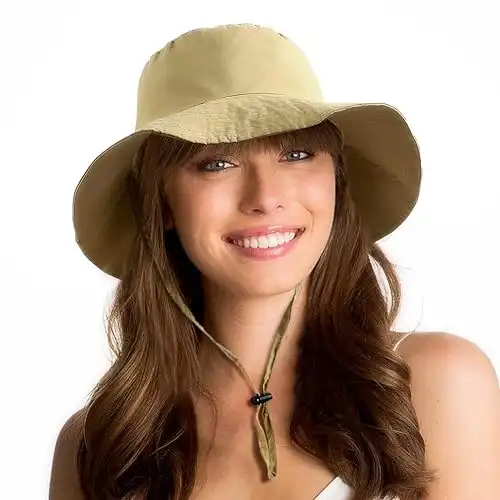
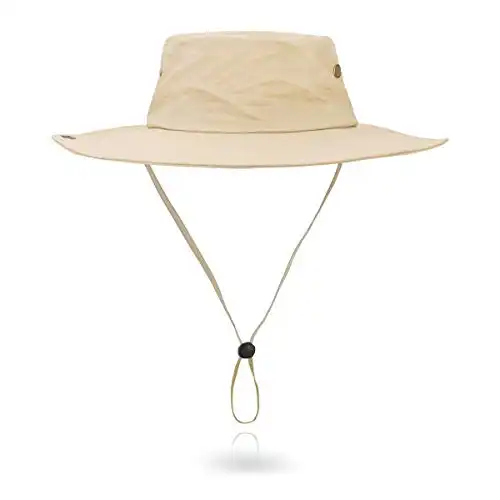

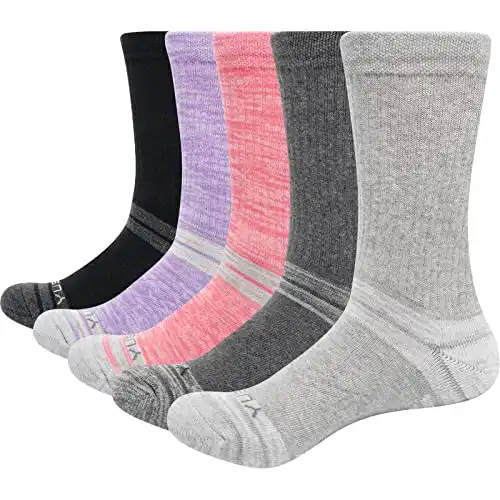

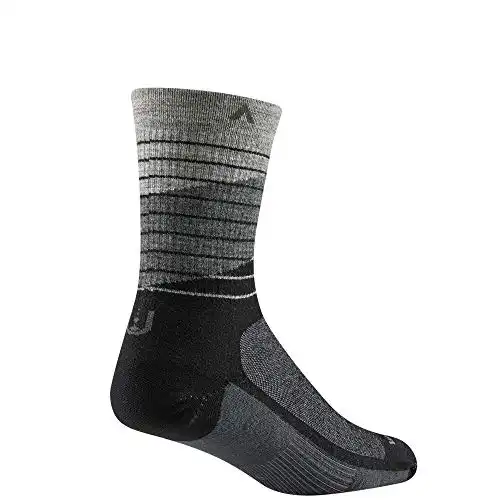

Leave a Reply